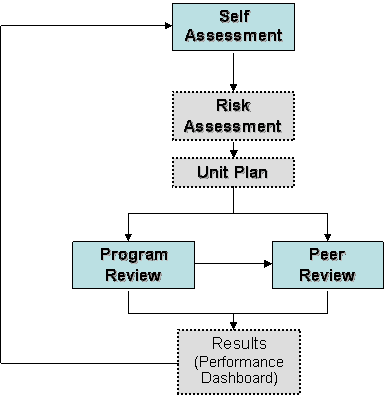U.S. Department of Transportation
Federal Highway Administration
1200 New Jersey Avenue, SE
Washington, DC 20590
202-366-4000
| < Previous | Table of Contents | Next > |
The Highway Safety Improvement Program (HSIP) is established under 23 U.S.C. 148 with the primary purpose of achieving a significant reduction in traffic fatalities and serious injuries on public roads. The HSIP encompasses the Strategic Highway Safety Plan (SHSP), the State’s Highway Safety Improvement Program (State HSIP), which includes the High Risk Rural Roads program (HRRRP), and the Railway-Highway Grade Crossing Program (RHGCP).
To obligate funds under the HSIP, States are required to: (1) develop and implement a SHSP; (2) produce a program of projects or strategies; (3) evaluate the plan on a regular basis; and (4) submit an annual transparency report. This program is regulated by the Federal Highway Administration (FHWA) under 23 CFR 924. The HSIP is a federally assisted, State-administered program.
While the State Departments of Transportation (SDOT) have been delegated the responsibility to administer the HSIP, FHWA Division Offices are required to ensure that States are doing so in accordance with the law and regulation. As such, each agency has stewardship and oversight responsibilities, as defined in a stewardship agreement. Program assessments are frequently used to provide stewardship and oversight of the HSIP.
A program assessment may take many forms including, but not limited to, self assessments, program reviews, and peer reviews. All of these assessments are based on the common concepts of identifying strengths, weaknesses, and opportunities; and the identification and sharing of noteworthy practices to continually improve the program.
The HSIP Assessment Toolbox presents information to assist SDOTs, FHWA Division Offices and other safety partners (i.e., Metropolitan Planning Organizations), as appropriate, with HSIP-related program assessments. Each type of program assessment is described in detail within the toolbox, while supporting resources are provided in the appendices. It is important to note that much of the information presented in this document is available through other FHWA resources. Currently a variety of Federal-aid program assessments are conducted in every State. The goal of the HSIP Assessment Toolbox is to consolidate the available information and make it specific to the HSIP.
The various assessments presented herein can be conducted as part of a larger process, as illustrated in the figure on the following page, or as stand-alone assessments. It is at the discretion of the agency conducting the HSIP assessment to best determine the applicability of the various program assessments to its particular situation. Examples of how these assessments can be applied are provided throughout the toolbox.
The figure below illustrates how a program assessment might be conducted as part of a larger process. For example, activities identified as potential risks as part of a self assessment process can be used to feed a risk assessment. Risk assessment can be defined as the systematic process for evaluating the potential exposure to loss for a particular program or process and the identification of potential countermeasures to control or reduce the perceived risk.
After risks have been identified, the next step is to develop and implement strategies to reduce or control the risks. These strategies may include reviews that provide assurance that policies, etc. are being applied and are working as intended. These reviews could be in the form of a program review or a peer review, which are carried out as part of a broader agency planning document (i.e., unit plan). Unit plans identify office-level objectives, measures, and activities.
Implementation of the recommendations from a program review and/or peer review should be monitored and evaluated on a regular basis. Successful efforts will be realized in future program assessment efforts.

The HSIP Assessment Toolbox can be used as a guide to assess a State’s HSIP, as appropriate. There is not a Federal requirement to conduct program assessments, other than those necessary to carry out stewardship and oversight responsibilities. The intent of the toolbox is to provide SDOTs, FHWA Division Offices and other safety partners, as appropriate, with the tools and resources necessary to conduct an effective HSIP assessment to ensure successful implementation of HSIP-related practices and procedures.
| < Previous | Table of Contents | Next > |
